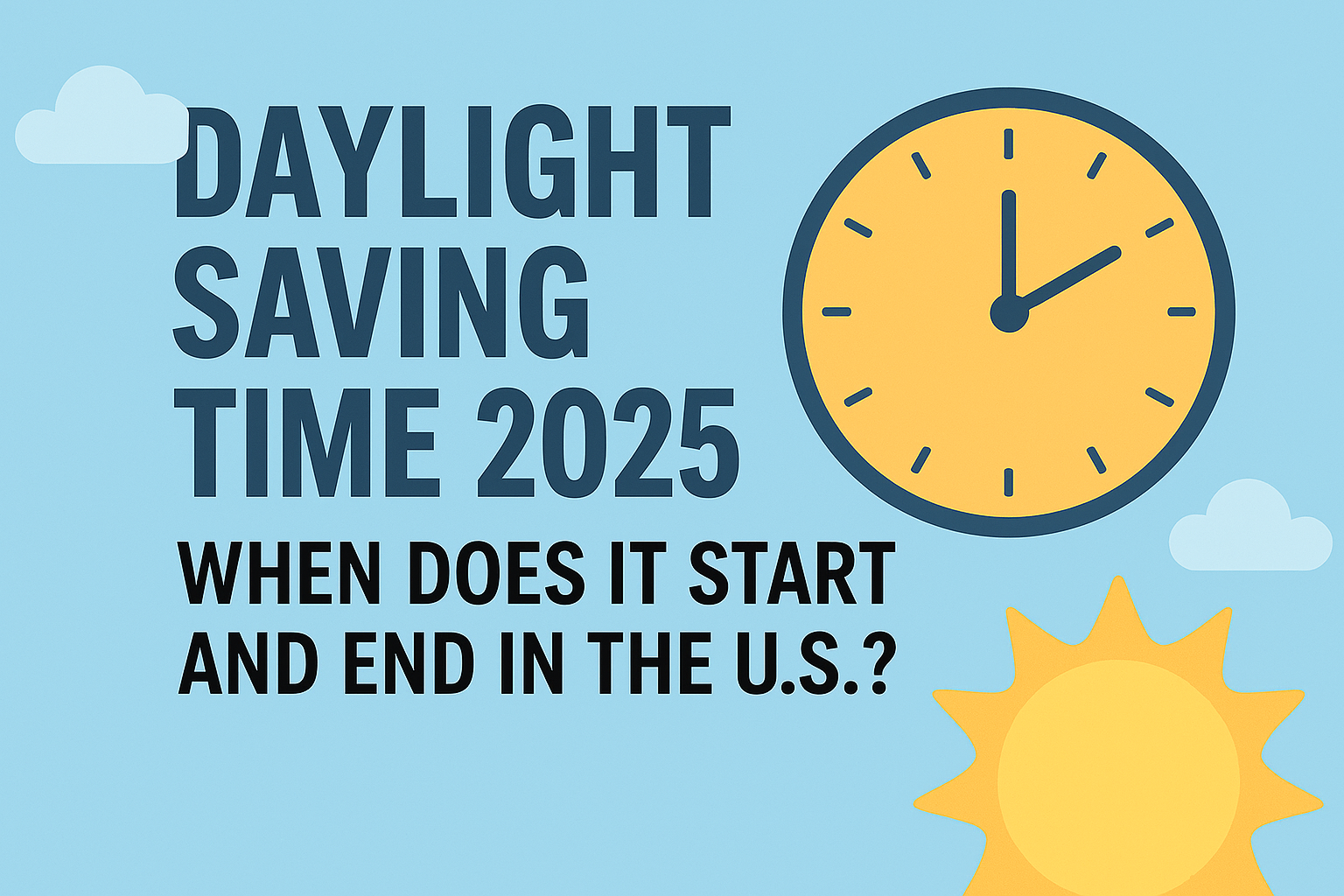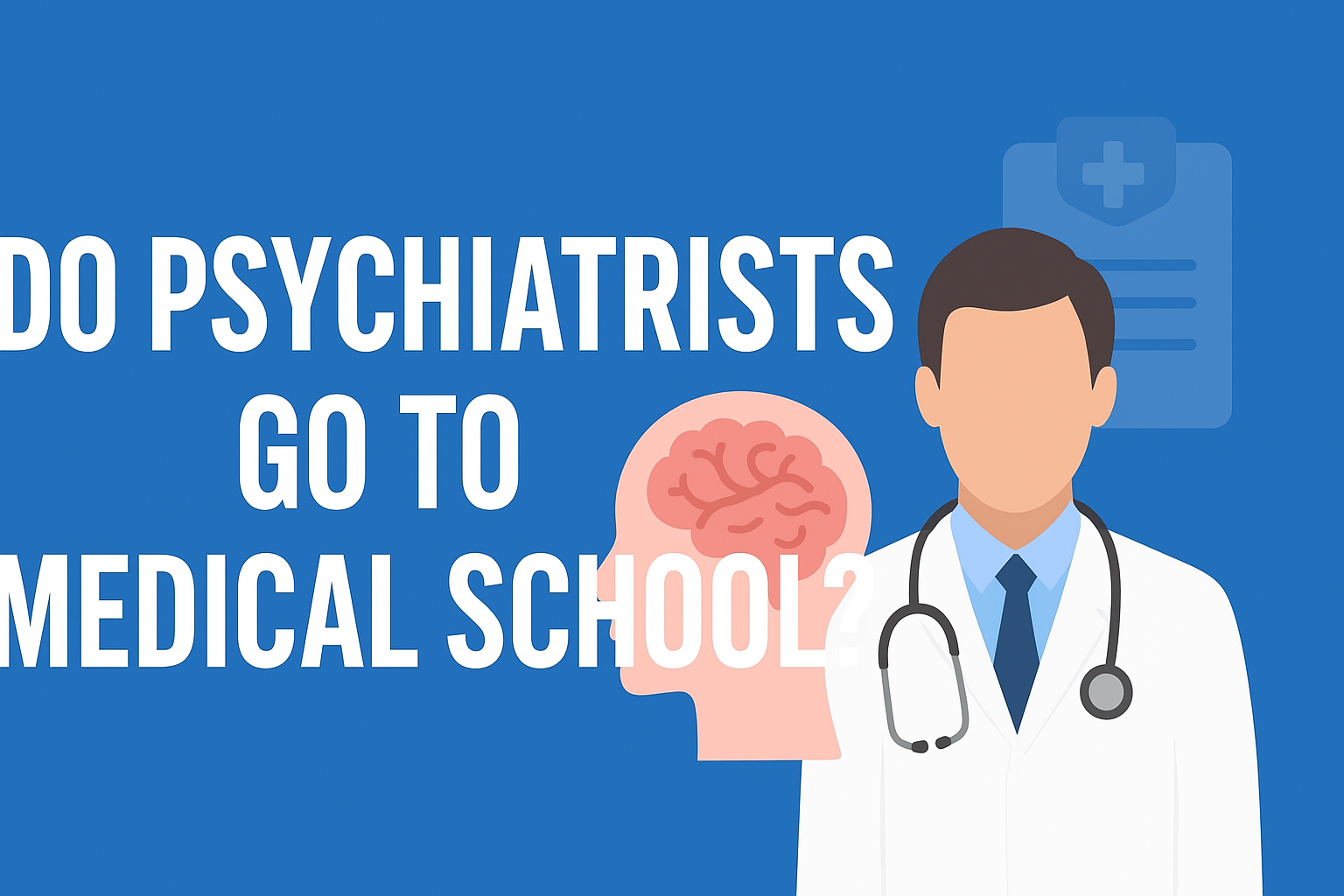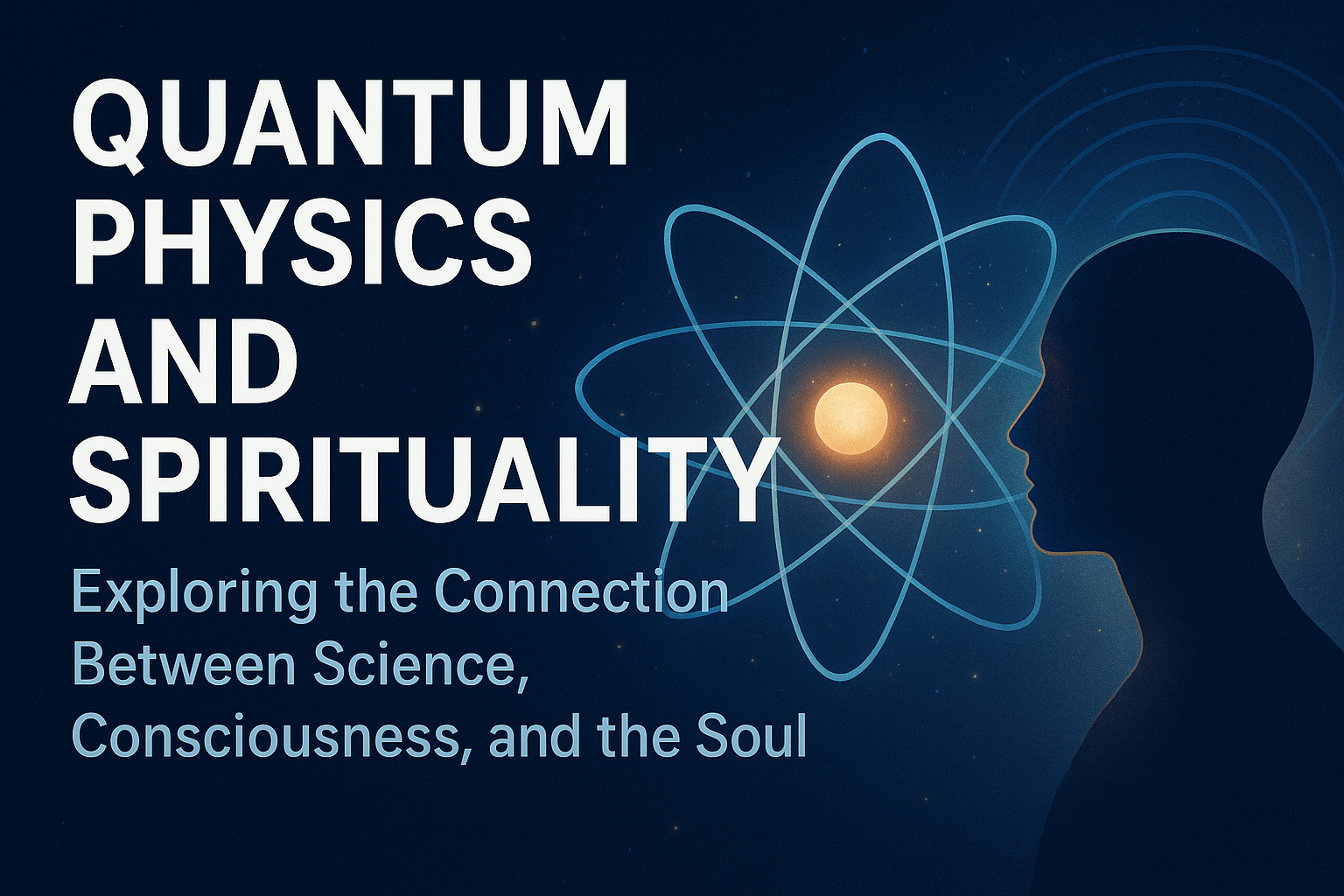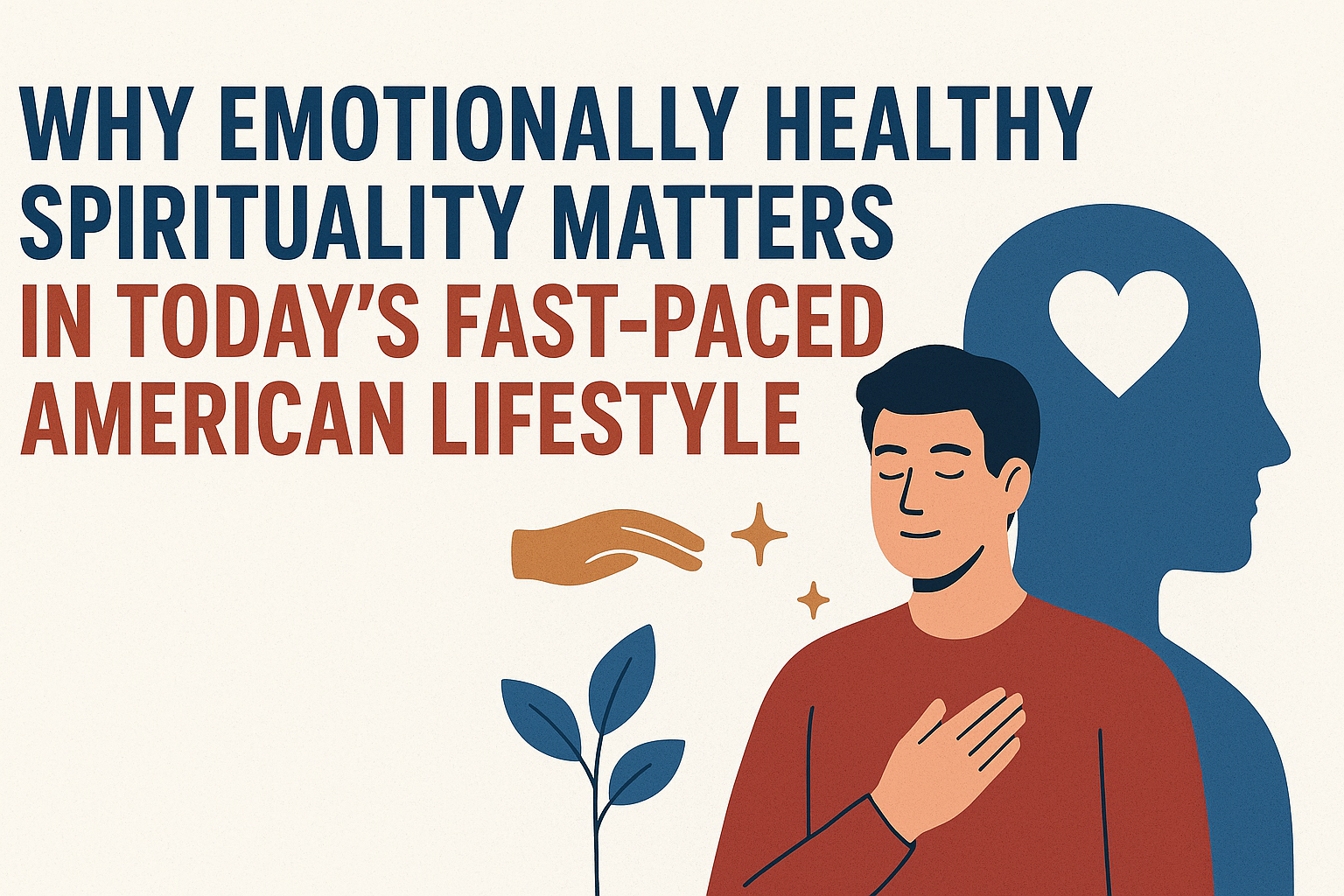Daylight Saving Time 2025: When Does It Start and End in the U.S.?
Every year, Americans “spring forward” and “fall back” as part of the Daylight Saving Time (DST) tradition — a practice that shifts our clocks to make better use of natural daylight. As 2025 approaches, many are asking the same question: When does Daylight Saving Time 2025 start and end in the U.S.?
Here’s everything you need to know, including the exact dates, the states that observe DST, and why it still matters today.
🗓️ When Does Daylight Saving Time 2025 Start?
In 2025, Daylight Saving Time in the United States begins on Sunday, March 9, 2025, at 2:00 a.m. local time.
At that moment, clocks move forward by one hour — giving everyone an extra hour of daylight in the evening but one less hour of sleep that night.
Remember:
“Spring forward” = Move clocks ahead one hour.
🌇 When Does Daylight Saving Time 2025 End?
Daylight Saving Time ends on Sunday, November 2, 2025, at 2:00 a.m. local time.
On this date, clocks move back one hour, giving you an extra hour of sleep and marking the return to Standard Time.
Tip:
“Fall back” = Move clocks back one hour.
🗺️ Which U.S. States Observe Daylight Saving Time?
Most of the United States observes DST — but there are a few exceptions.
States and territories that do not observe Daylight Saving Time:
- Hawaii
- Most of Arizona (except the Navajo Nation)
- Puerto Rico
- Guam
- American Samoa
- U.S. Virgin Islands
All other states and Washington, D.C. participate in the time change twice a year.
🌞 Why Do We Have Daylight Saving Time?
Daylight Saving Time was first introduced to save energy by maximizing daylight hours.
By shifting clocks forward, people can enjoy longer evenings and reduce electricity use for lighting.
However, in recent years, many Americans have debated whether DST is still beneficial. Some argue that it disrupts sleep and daily routines — leading to calls for making DST permanent or eliminating it altogether.
💤 Tips to Prepare for the 2025 Time Change
- Adjust your bedtime gradually a few days before the clock change.
- Check devices that don’t update automatically (microwave, oven, alarm clocks).
- Plan outdoor activities to make the most of longer evening daylight.
- Be extra careful while driving after the time shift — many experience reduced alertness.
🧭 Fun Fact:
The idea of Daylight Saving Time dates back to Benjamin Franklin in the 18th century, though it wasn’t officially adopted in the U.S. until 1918 during World War I.
✅ Key Takeaways
- Start Date: Sunday, March 9, 2025, at 2:00 a.m.
- End Date: Sunday, November 2, 2025, at 2:00 a.m.
- Observed By: Most U.S. states (except Hawaii, Arizona, and U.S. territories)
- Purpose: To make better use of daylight and conserve energy
Conclusion
Now that you know when Daylight Saving Time 2025 begins and ends, mark your calendar and prepare for the time shift. Whether you love the extra sunlight or dislike changing clocks, DST continues to shape our daily routines across the United States.
Don’t forget to “spring forward” in March and “fall back” in November!











